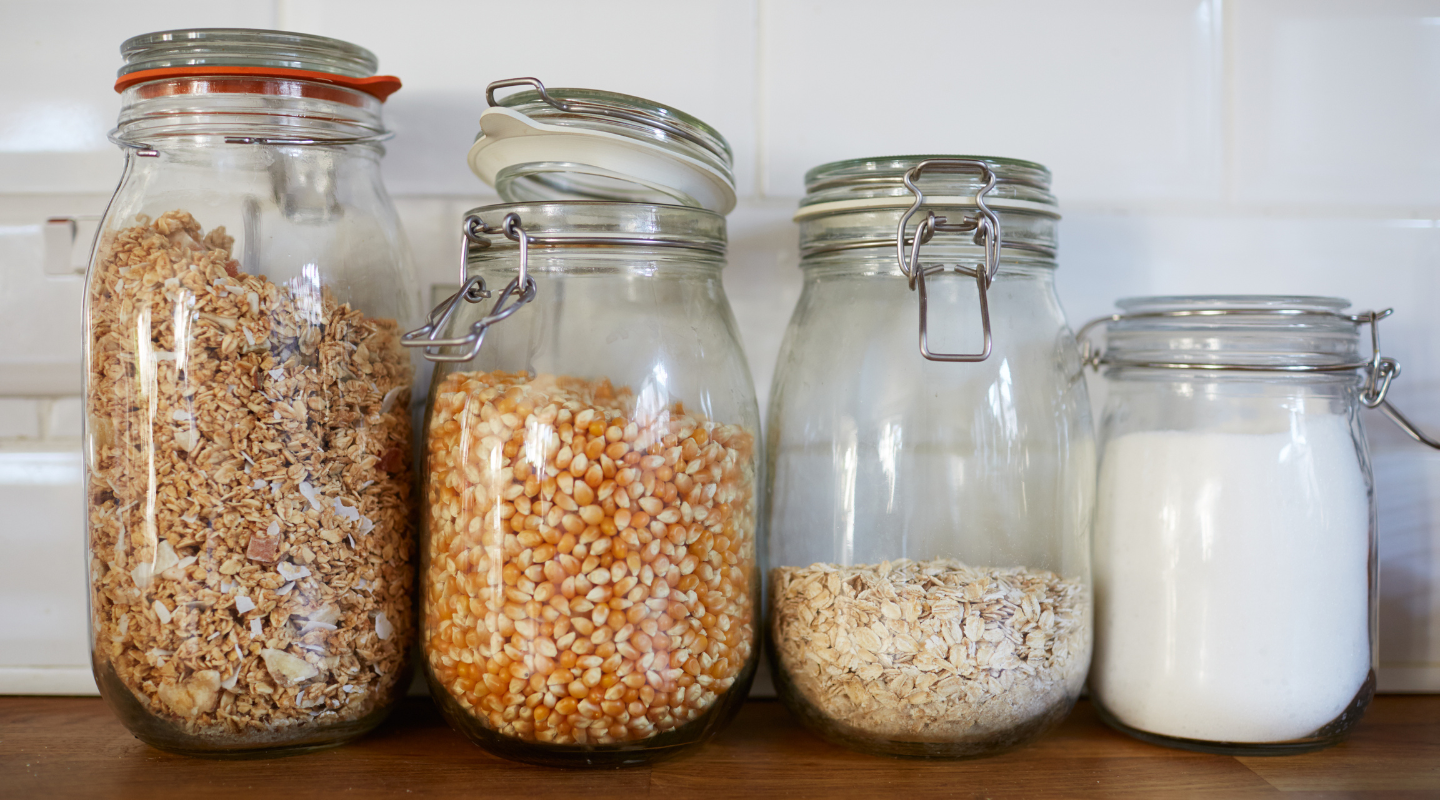No matter where you live, unless you’re growing your entire diet from scratch, the chances are that you rely on packaging each and every day to protect your food, drink and other goods and ensure longevity.
Why do we need packaging?
Packaging is essential in helping manufacturers and companies preserve the safety and quality of our food and drink before it reaches our tables. This packaging can come in a range of shapes, sizes and materials, depending on how an item needs to pass through the supply chain, what kind of information it needs to convey to consumers, and how the brand wants to present itself to stand out on the shelves.
The materials used, known as ‘Food Contact Materials’ (sometimes referred to as FCMs, for short), help maintain food and drinks’ standards and safeguard public health. When we talk about ‘food contact materials’, we mean the layer that comes into direct contact with the food or beverage itself.
Discover what makes up your food
So far, so simple, right? Well, recent research from Critical Reviews in Food Science and Nutrition found that close to an estimated 3,000 chemicals could potentially leak from certain food packaging materials into food itself, making human exposure to these chemicals highly probable. Other studies have even detected harmful substances, such as microplastics, in human blood or breast milk.
The scary thing? Most of these chemicals – 65%, to be precise – have never yet been recorded in any regulatory or industry list to date. And of the thousands of detected chemicals that could potentially leak into food, more than two thirds were identified in plastics.
Keen to learn more about what goes into packaging, to make easier comparisons between the different options? The Understanding Packaging (UP) Scorecard is a free, easy-to-use web-based tool to assess human and environmental health impacts of common foodware and food packaging choices.
Discover the Understanding Packaging Scorecard
How to keep your food free from chemicals?
The good news is that exposure to chemicals isn’t a foregone conclusion. By choosing the right packaging material, you can drastically reduce the likelihood that you and your family will consume unwanted chemicals.
The same Critical Reviews in Food Science and Nutrition study found glass to be one of the safest food contact materials when it comes to chemical detection, along with ceramic – and by some distance at that. Thanks to its non-toxic properties, glass is one of the most suitable food packaging materials to protect consumer health and keep products safe (for one breakdown, look to Dieter Schrenk’s 2014 study).
But what is it about glass that makes it less prone to leaching chemicals into food and drink? Let’s break it down.
Glass protects our food
For one, glass needs no other ingredients, chemicals, or plastic linings to protect our food, keeping food and drink fresher for longer. Ever notice how foods that need to be stored reliably for long periods of time – say jams, pickles, or honey – often come in a glass jar? That’s not a coincidence! The first thing you learn in Food Preserving 101 is that glass acts as a natural barrier from high temperatures or bacteria. It’s therefore the ideal packaging for keeping your foodstuffs safe and wholesome.
That’s because the alchemy of natural ingredients that go into making glass packaging gives us a single-layered packaging material. Its chemical make-up means that even the tiniest molecules can’t pass through the glass barrier to affect the flavour inside, and likewise, the glass container doesn’t absorb any chemicals or contaminants from what’s inside. It’s for this reason that glass is the only packaging out there that’s been recognised as safe (GRAS) by the U.S. FDA and EU REACH regulations.
Glass continues to be healthy when recycled
And glass being chemical-free isn’t just a one-time thing. You may have heard that glass can be recycled an endless number of times, but did you know that a glass bottle recycled for the tenth time is just as healthy as one that’s completely brand new?
Glass is healthy by nature
That’s right – glass is a packaging material that’s healthy by nature. Not only is it made from only natural ingredients, it’s also virtually inert, meaning that it will stay chemically inactive no matter how many times it’s recycled. In short, glass guarantees circularity – i.e., the ability to live a new life after it’s been thrown away – that doesn’t come at the expense of human health.
More and more, research shows people cottoning on to glass packaging’s health benefits. At a time when nearly half of us are concerned about the safety of product packaging for food and hygiene products, nearly 8 in 10 of us see glass packaging as the material that’s fit for the future, thanks to its prime health, sustainability, and lifestyle credentials (source: FEVE/InSites Consulting, 2022). When compared to other food contact materials like plastic, for instance, glass is trusted to never pose a health hazard more than twice as much.
But there’s still more to do to spread the word. Soon, you’ll be able to find a new symbol on many of your favourite food and drink brands: the Glass Hallmark. The Glass Hallmark* is a communications symbol designed by the people who make glass, reminding us of the recyclability and inertness qualities of glass as a material. Each element of the Glass Hallmark symbolises the commitment we make when we choose glass, from using resources more wisely for a sustainable future to protecting the health of the planet and, of course, its people.
So choose glass, and keep your credit cards where they belong – in your wallet, and not in your food. Glass is healthy by nature, making it the natural choice for protecting the health of ourselves, our families and the planet.
The Glass Hallmark represents the ability of the container glass on which the mark is put to be recycled and to optimally preserve the content as a result of its inert nature. The Glass Hallmark does not express or claim any other product-related characteristic. It is not and official certification stamp. More specifically, the Glass Hallmark does not constitute any other environmental claim implying in any way e.g., that the glass container concerned contains a minimum percentage of recycled glass or it is effectively recycled at the end of its life. For more information, please see www.glasshallmark.com.






